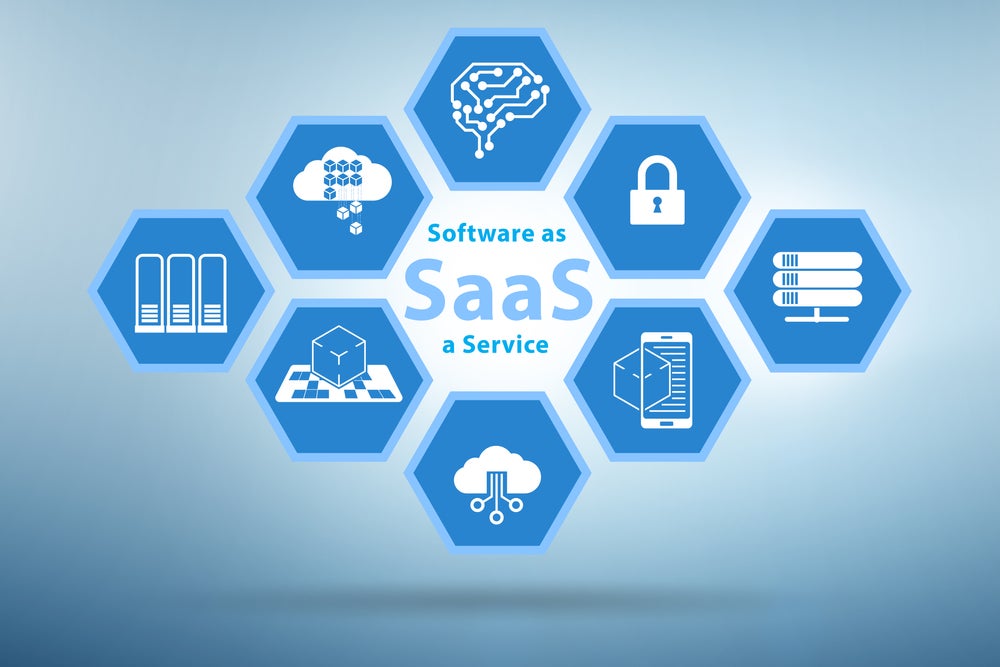Customer retention has become the defining challenge in SaaS. As the industry matures and product categories become saturated, differentiation is no longer about who can ship features fastest; it’s about who can keep users coming back, and right now, many can’t.
Recent Weavr research found that 51% UK-based product managers cited retention as their primary business concern. This problem isn’t exclusive to underperforming companies, since even well-funded platforms are struggling to maintain loyalty in categories like CRM, marketing automation, and procurement, where competition is fierce and switching costs are low.
So, what’s driving the churn? In 43% of cases, product managers say users leave not because they dislike the software, but because it forces them to jump between disconnected tools to get basic jobs done.
This insight is critical as it means that business efficiency – in terms of delivering better outcomes (desired results, fewer errors, less fraud) with less effort now trumps functionality or pricing. This is where embedded finance (EF) offers SaaS platforms a powerful, under-utilised advantage.
The friction no one wants to own
We’ve all felt it. You’re using a business platform to manage projects or suppliers or customers – and then you hit a wall. You need to pay a bill, issue an invoice, top up a card, or approve an expense. Suddenly you’re in a different tab, logging into another system, rechecking data, and praying the sync holds. It’s not just annoying, it’s a risk for error, and dare we say it, for fraud too. For instance, the highly effective fraud attack known as CEO fraud relies on the human in the loop taking advantage of financial activities that are disconnected from SaaS workflows such as paying an invoice.
Every time a user toggles between systems, there’s an opportunity for dissatisfaction, inefficiency and poor outcomes. In other words, a reason for churn and competitors know this. Many have built their onboarding messages around the promise of “fewer integrations” or “one workspace to rule them all.”

US Tariffs are shifting - will you react or anticipate?
Don’t let policy changes catch you off guard. Stay proactive with real-time data and expert analysis.
By GlobalDataHowever, here’s the irony: a lot of that fragmentation isn’t due to bad product design. It’s because finance – billing, payments, lending, card issuing, reconciliation – have traditionally sat outside the domain of software. Most SaaS teams either punt those workflows to third party platforms and, or leave them to their customers to handle manually.
The result? A disjointed experience that feels less like a product and more like a toolkit. In a crowded SaaS marketplace, that’s often the difference between growth and churn.
Embedded finance as a retention lever
Embedded finance changes that equation. It allows platforms to offer fully integrated financial capabilities inside their own user flows – without becoming banks or fintech companies themselves.
Think of a SaaS platform for managing temporary staff. Instead of asking employers to manually process payments through external banking apps or payroll systems, the platform can embed a payment execution feature that disburses wages directly through pre-approved logic and connected accounts.
These aren’t just features; they’re strategies for stickiness. By embedding finance, you remove points of friction, reduce context-switching, and eliminate operational dead ends. Users stay longer because their workflows are complete – not because they’ve been locked in, but because they’re getting more done with less hassle. And nothing makes customers more reluctant to leave than having to go back to disjointed processes.
Keeping users in the ecosystem
One of the strongest predictors of retention is frequency of use. If your product becomes the default place where users handle their day-to-day tasks, it becomes much harder for competitors to win them over. This is where embedded finance excels as it doesn’t just streamline a specific task, but it’s also capable of expanding the scope of what your platform can be used for.
A procurement platform that lets buyers not only manage suppliers but also approve budgets and issue virtual cards becomes a control centre, not just a reporting tool. An HR platform that handles not just employee data but also benefits disbursement and expense reimbursements becomes an essential workflow hub.
The more users rely on your platform to operate, the more value they derive from it. That value compounds over time, reducing the likelihood that they’ll defect to a newer or flashier competitor.
Retention is the new growth
In today’s economic climate, retention isn’t just a defensive metric – it’s a growth strategy. Retention is recurring revenue without customer acquisition cost. According to Bain & Company, increasing customer retention by just 5% can boost profits by up to 95% depending on the sector. For SaaS businesses under pressure to do more with less, it’s an obvious place to invest.
Yet while most product managers obsess over feature releases, roadmap alignment, and funnel optimisation, few look at the financial touchpoints in their product experience. Even fewer ask: what if we stopped outsourcing payments and made them part of the product?
The resistance is understandable. Finance is complex, regulated, and historically hard to embed. However, that’s changing. Modern embedded finance platforms offer ready-to-integrate infrastructure that abstracts the hard parts – from compliance to licensing – while giving product teams control over the user experience.
As a result, financial functionality no longer has to be tacked on at the edges. It can be woven into the product flow, natively and securely, at the moments users expect it most.
From fintech feature to product strategy
Too often, embedded finance is dismissed as something for fintechs or marketplaces. But its real power lies in the broader SaaS world, where it can transform user value and switching costs, ultimately reducing churn, and deepening platform utility.
It’s time we stopped thinking about EF as just a payment button or a lending module. It’s a design strategy for building products that keep users engaged, productive, and loyal. Especially in sectors where switching is easy and attention is scarce, that edge is not just useful, it’s essential.

Alex Mifsud is CEO and Co-founder, Weavr









